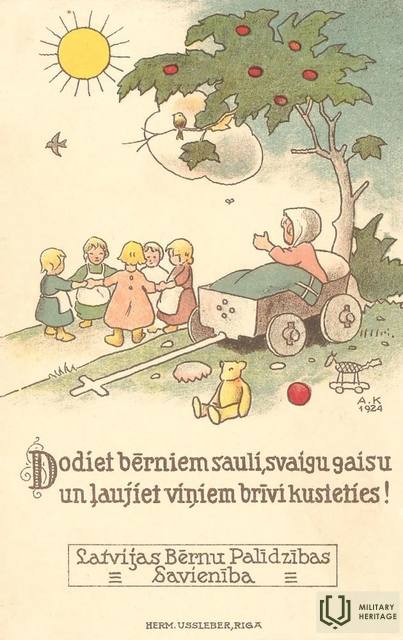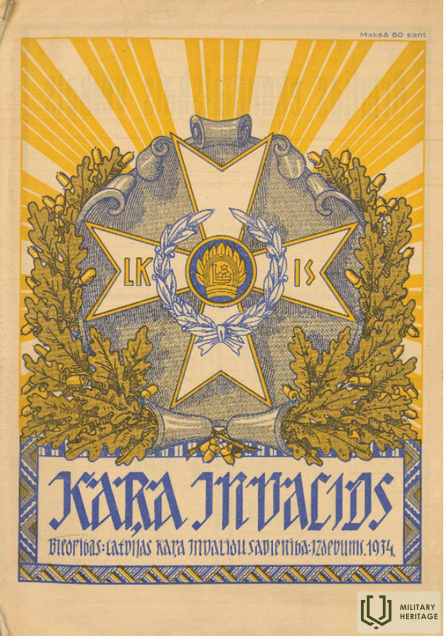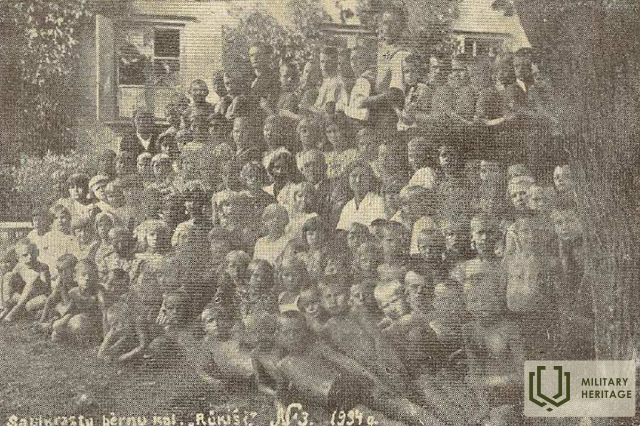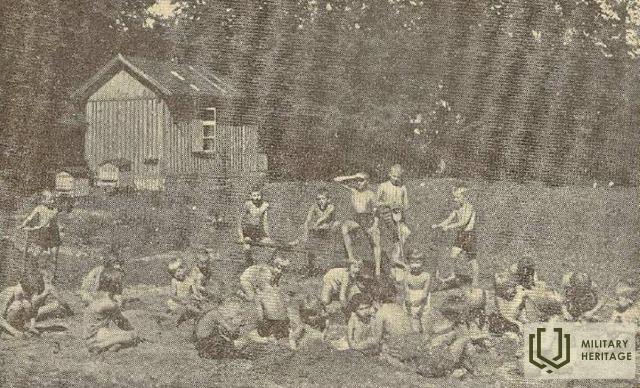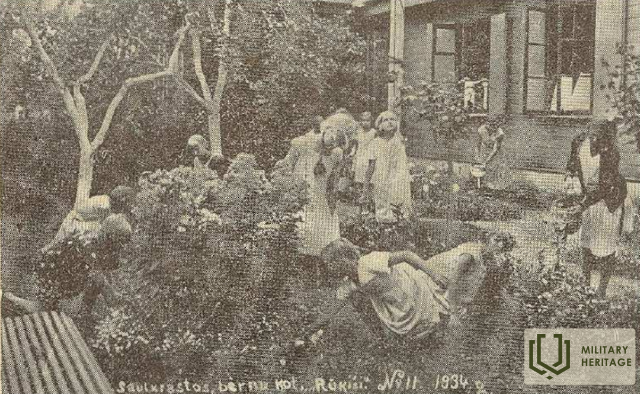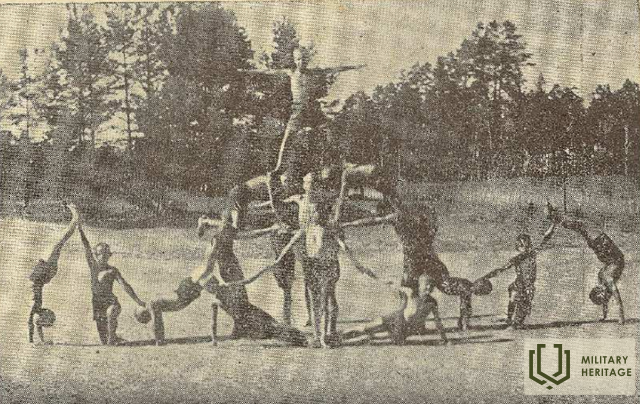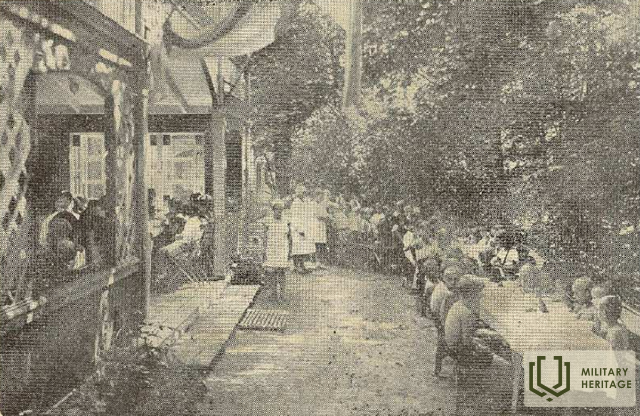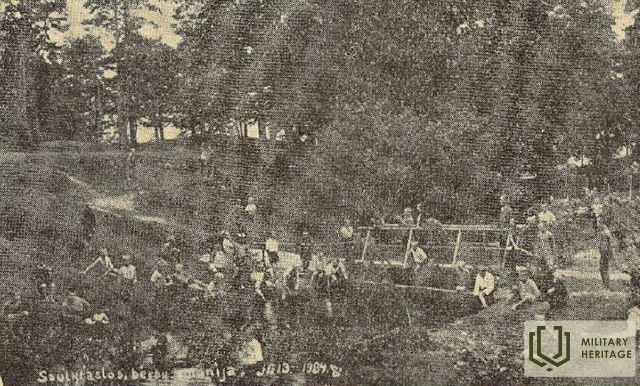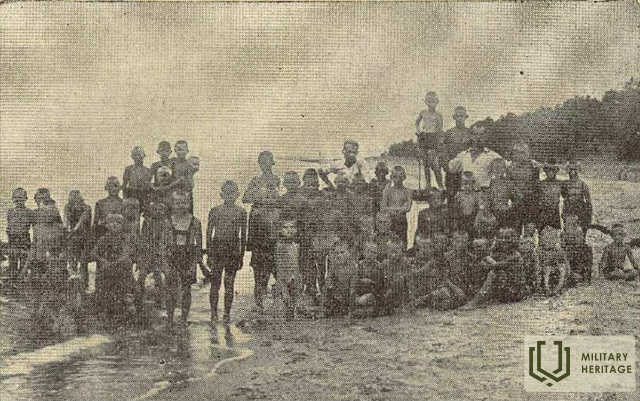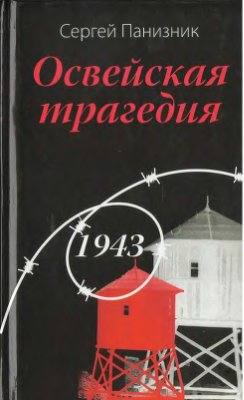About the events of the children's colony "Rūķīši" during the pre-war and World War II periods
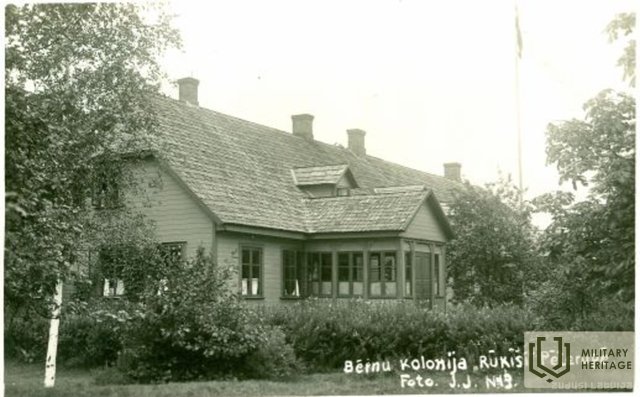
Children were taken from the families of partisan supporters. In March 1943, there were 1,100 children in the Salaspils camp. About 250 children died of measles, typhoid fever and other diseases, several hundred children were transferred to farms in surrounding parishes, and about 300 children ended up in orphanages in Riga's Jurmala, Igate and Saulkrasti.
In Saulkrasti, the children ended up at the Latvian Children's Aid Society's children's colony "Rūķīši".
About how the Latvian Children's Aid Society's children's colony "Rūķīši" was formed
In 1929, the Plade four-year school, which until 1912 was the only school in the seaside fishing villages, was closed due to a lack of students.
In 1930, the children's colony "Rūķīši" of the Latvian Children's Aid Society began operating there, housing approximately 110 children.
“In the colony, children receive prepared food, bedding, washing, medical care and supervision by educators. The annual budget of the colony is Ls 13,000 to Ls 15,000. During the children's day, children are provided with homework suitable for their abilities, self-care, exercise, singing, drawing, games, children's tasks, excursions in the immediate vicinity, etc. The Union hospitably welcomes all needy children to the colony without discrimination. Starting with the summer of 1930, several children were also admitted to «Rūķīši» at the expense of the War Disabled Assistance Fund Council.” (Kara Invalīds, No. 1 (01.01.1934))
It is learned from the periodical that children from Lithuania and Estonia also stayed in the colony “Rūķīši”: “The children’s summer colony in Saulkrasti will accommodate 200 children. The Latvian Children’s Aid Society will open its children’s summer colony “Rūķīši” in Saulkrasti on Monday, accepting around 100 children in the first shift. The children will spend 6 weeks in the colony. The same number of children will also be accepted in the second shift. A response has been received from Lithuania that it will not send its children to Latvia this summer, but the Estonian Children’s Aid Society has not yet responded.” (Latvijas Kareivis, No. 131 (13.06.1940))
About the events in the colony "Rūķīši" during World War II
The 1982 article “On the Watch of Remembrance” by V. Strazdiņa in “Darba balss” (Voice of Labor), where Elza Gailīte shares her memories of the events of World War II in “Rūķīši”:
Elza Gailīte's (86 years old) speaking style is laconic at first:
In June 1943, a shelter was set up in Saulkrasti "Rūķīši" for Salaspils children whose parents had been imprisoned, destroyed or taken to Germany, she says, and she has documents in her hand that prove it. - The last surviving children aged 2-12 were brought to Saulkrasti. About 70 children, sick, emaciated, in rags... . They had scabies, lice, scarlet fever... Five of them could not be cured, they died. A staff of 12 people took care of the children. The manager was Lidija Koroļova. With us, the children gradually recovered, were fed, and cared for.
In the fresh air, in the sun, by the sea... Later, our camp was moved to the Zimmermans' house (the owner had repatriated to Germany), on the banks of the Ķīšupīte River. This was already in 1944. Previously, there had been a prisoner of war camp there.
The Gūstekņi family died of typhus. We lived here for about half a year, until September 25, 1944. Until the fascists ordered us to move out (within an hour and a half), to go with the army... . We decided: to move back to "Rūķīši". We split up. Four or five children had their mothers with them. Those who left hadn't gotten very far. Little ones, three years old... . Shoes on their feet, slippers that were falling off... They started crying. So everyone came back. We all huddled in the large basement. About 80 people gathered. We sat down and waited to see what would happen. The fascists started blowing up everything. They blew up the railway, the bridge... . We sent one of the servants, he was a prisoner, back to the Zimmermans' house to get food. In the morning, it was quiet. We sneaked out of the basement and went into "Rūķīši".
There, Mother Bird baked bread for us in the big oven.
- Or was she part of your service staff?
- No. She was just a very good person, helping us out of friendship, as a neighbor.
In all the work. Even with the provision of food. Please find her: she will be able to tell you a lot. Yes, find both of them - Mother Bird and Father Bird...
There was only enough flour left for one roast. If we left, we would starve to death, we thought.
An anti-fascist German said: "Ours won't last long. We're retreating. It's best for you to stay right here."... On the evening of September 25, at five o'clock, the front line approached us. Two hard days and nights passed under fire... You can't keep children in the basement for long. They run in, out. And then they run back, shouting: "Our people!" Soon the Red Army soldiers also come up, greet each other. Joy to the point of tears... scouts, snipers climbed trees. We told them about the situation. Otherwise, they would have run into great trouble. They set up positions, set up guns, the firing began. The ground shook, the windows...
- Yes, Saulkrasti was released on October 11, - I would add.
- There were very bloody battles...
Driving through Skulte, we saw the new Katyusha battle tanks for the first time. In Limbaži, we were placed in an empty house. We slept on the floor, without hay, without anything. The shops were empty. Then the commandant sent milk and bread. There was one cup for everyone. They sent meat and a bucket. We cooked in a bucket. It was difficult. But there was... peace. Bombs no longer exploded, shells no longer flew overhead, the children calmed down, did not fall into hysteria, no longer screamed in horror for the wounded, killed people, horses, for all living things. .. In Limbaži, the houses were multi-storey. They provided us with beds, clothes, everything. We waited for Victory Day. The children began to wait for their relatives. Many parents had been sent to Germany. They were only found years later. The camp existed until the summer of 1945. The children were distributed to other children's institutions. Many Belarusian children have now remained in Latvia. One girl instinctively felt... that she had met her mother, but no longer understood her mother's language.
- How did the children get out of Salaspils?
- How did the writer Paniznik find this history of the "Gnomes"?
The writer's sister lives in Kauguri. He often traveled to Riga and read about it in "Rīgas Bals" in 1978. But he became interested because the "Rūķīši" were mainly Belarusian children.
The writer sought out Elza Gailīte. An exchange of letters followed, and a great deal of research was done. Elza Gailīte has already received the book with the author's dedication as a gift. It is called "After the Burnt Villages...". It contains a chapter "The "Gnomes" of the Sunny Coast."
The book is about Peter and Victor, who served their masters as children, each on his own. And when they met 20 years later, they found out: both are brothers, Belarusians, Rigans; one was now Latvian, the other Russian... .
But Nadežda Boguša sent a letter of thanks to Elza Gailīte, the then manager of the "Rūķīši" farm.
There is no one left in Saulkrasti to tell about these events. Even Putni's mother and Putni's father are no longer there... they have been there for 20 years. The sons confirm that the shelter existed. Hilda, the daughter-in-law, says of her mother-in-law: "She was a wonderfully kind person."
Photos of the unreconstructed "Rūķīši": we couldn't find them either. And then suddenly, after two years of searching, we found it in the archive of our own library's historical materials, which we collected in the second half of the fifties.
And in my notebook I find a comment from a movie written down: “We are between yesterday’s giver and tomorrow’s taker. And the two cannot meet unless we are in the middle.”
After researching the information, it was found that the book by Sergei Paniznik mentioned in Elza Gailīte's memoirs was called "Osvejskaya трагедия 1943" in Russian.
The colony "Rūķīši" served as an orphanage during World War II and is a huge thank you to those people who took care of children who had been left without parents and experienced the horrors of war, separated from their parents and scattered throughout Latvia.
http://kamunikat.org/usie_knihi?pubid=44344&lang=EN
Periodicals of the National Library of Latvia, War Invalid, No. 1 (01.01.1934)
Periodicals of the National Library of Latvia, Latvian Soldier, No. 131 (13.06.1940)
Periodicals of the National Library of Latvia, 1982 "Darba balss" V. Strazdiņa's article "On the Watch of Remembrance"
Inga Zemīte "Saulkrasti - from ancient times to the restoration of Latvia's independence", published by Saulkrasti Municipality Council
https://lv.wikipedia.org/wiki/Salaspils_concentration_camp
Related timeline
Related objects
World War II German army bunker
It was located near the house in "Brankša" in a grain field.
On September 2, 2021, under the leadership of Saulkrasti region history enthusiast Andris Grabčiks, in coordination with the tenant of the agricultural land, Ines Karlova, excavation work took place on the German army bunker of the Sigulda defense line of World War II.
"77 years have passed since the bunker was built, having experienced both an attack by the Soviet army and agricultural machinery driving over it. Only 3 years ago did it partially succumb to heavy machinery. To prevent the floor from being submerged in water, a drainage system was developed with a water storage reservoir at the entrance, which was drained if necessary. The floor of the bunker is made of round logs 10 cm in diameter and was covered with straw. This bunker is not one of the large ones, but it is quite sufficient for about 6 people. This bunker is not the only one in this area, but one of the few that has been well preserved." - this is how Andris Grabčiks tells about the bunker.
After the information was published on the internet, 2 scanned historical photographs were received from historian and owner of the Saulkrasti Bicycle Museum Jānis Seregins with the inscription "29.08.44, Saulkrasti, Vidriži parish" and the comment: "The photographs were obtained from a Saulkrasti woman, who is now deceased. According to her, refugees from the Pskov and Leningrad regions, whom the Germans had driven out of their homes during the retreat, had settled in Saulkrasti. They were employed in digging trenches on the defense line near Ķīšupe. One of the pictures shows people working in the forest. In this way, logs were obtained, which we can now see in the bunker near Brankšai. The second picture shows them being fed at a distribution point or in the kitchen set up at the house. I think it is the Brankšai mill."
The bunker has survived from WWII on the Sigulda defense line.
The bunker site was first surveyed in April 2021, but due to high groundwater levels, excavation work could not take place.
The bunker was located on agricultural land and, after excavation and research, was filled in so as not to interfere with agricultural work.




